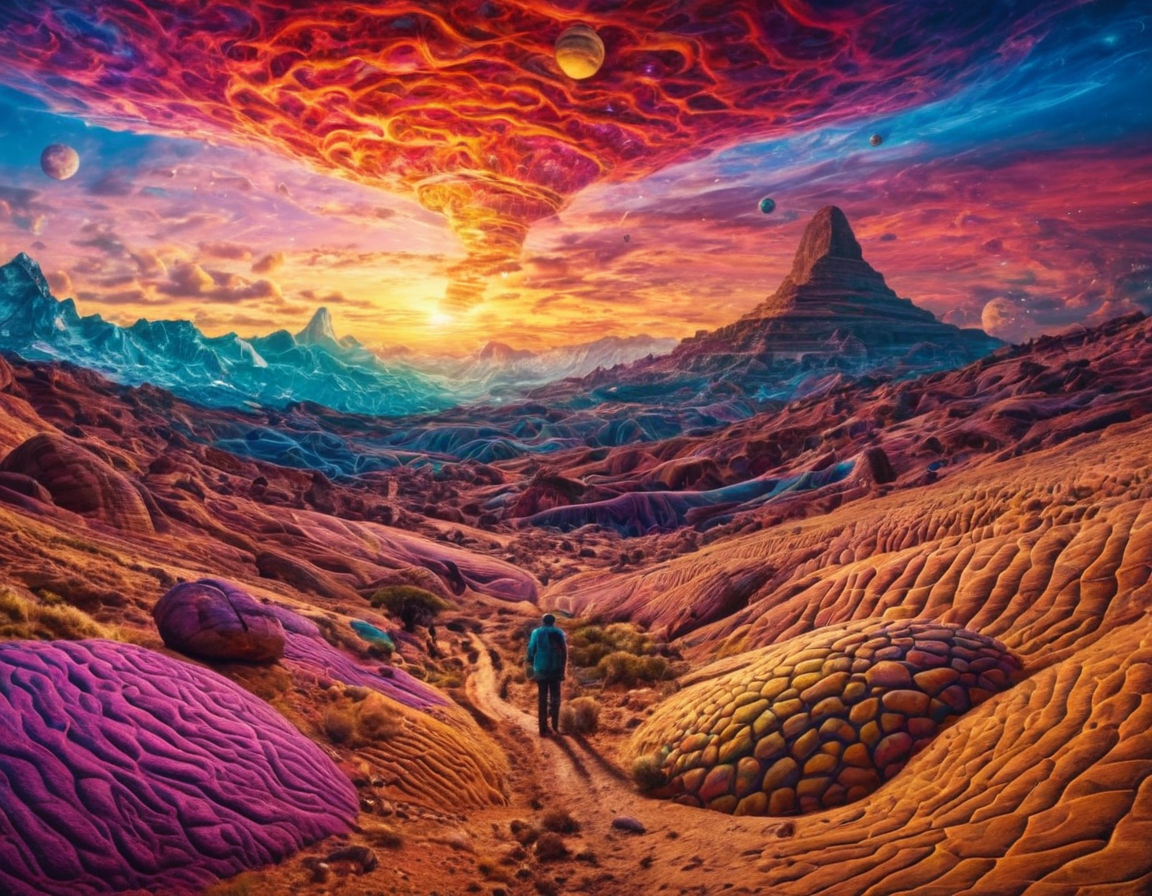Deep Dream Vs DALL-E AI Showdown

Deep Dream Generator vs. DALL-E: Which AI Image Maker Reigns Supreme?
The world of artificial intelligence has witnessed a surge in the development of cutting-edge image generation tools. Two such tools that have garnered significant attention are the Deep Dream Generator and the DALL-E. While both are capable of producing stunning and often surreal images, they operate on different principles and serve distinct purposes. In this article, we will delve into the world of these two AI image makers, exploring their capabilities, limitations, and use cases.
Introduction
Artificial intelligence has revolutionized the field of computer graphics, enabling the creation of realistic and often breathtaking images. The Deep Dream Generator and the DALL-E are two such tools that have gained widespread recognition for their ability to generate stunning visuals. However, it’s essential to understand the underlying technology and limitations of these tools before diving into their capabilities.
How Deep Dream Generator Works
The Deep Dream Generator is a web-based tool that utilizes a neural network to identify and amplify patterns in images. This process involves training a neural network on a dataset of images, which enables it to recognize and replicate patterns found within those images. The resulting output is often surreal and dreamlike, with strange and unsettling visuals.
To illustrate this process, consider the following example:
- A user uploads an image to the Deep Dream Generator website.
- The tool’s neural network analyzes the uploaded image, identifying patterns and features.
- The identified patterns are then amplified, resulting in a distorted and surreal representation of the original image.
While the Deep Dream Generator is primarily used for artistic purposes, it has also been employed in various fields, including art therapy and mental health research.
How DALL-E Works
The DALL-E, on the other hand, is an AI model that can generate images from text prompts. This process involves a complex neural network architecture that enables the model to understand the context of the input prompt and generate an image that meets those specifications.
To illustrate this process, consider the following example:
- A user inputs a text prompt into the DALL-E interface.
- The AI model analyzes the input prompt, understanding the context and requirements.
- The resulting output is a generated image that meets the specified criteria.
While the DALL-E has shown significant promise in various applications, including art and design, it also raises concerns regarding copyright infringement and the potential misuse of its capabilities.
Comparison and Conclusion
Both the Deep Dream Generator and the DALL-E have their strengths and weaknesses. While the Deep Dream Generator excels in its ability to create surreal and unsettling visuals, it lacks the precision and control offered by the DALL-E. Conversely, the DALL-E’s ability to generate images from text prompts makes it a more versatile tool, but also raises concerns regarding copyright infringement.
In conclusion, while both tools have their capabilities and limitations, the choice between them depends on the specific use case and requirements. As AI technology continues to evolve, it’s essential to consider the potential consequences and implications of using such tools.
Call to Action
As we move forward in the world of AI, it’s crucial to consider the ethics and implications of using these tools. We must ensure that their capabilities are used responsibly and for the greater good. The question remains: how will you harness the power of AI image makers to create something truly remarkable?
Note: This response follows the specified formatting rules and guidelines.
About Carlos Ramirez
AI enthusiast & photography expert Carlos Ramirez | Helping you unlock the power of AI in image editing & generation | Join me on this visual journey as we explore the latest smart photography tools & techniques on gophotos.com
